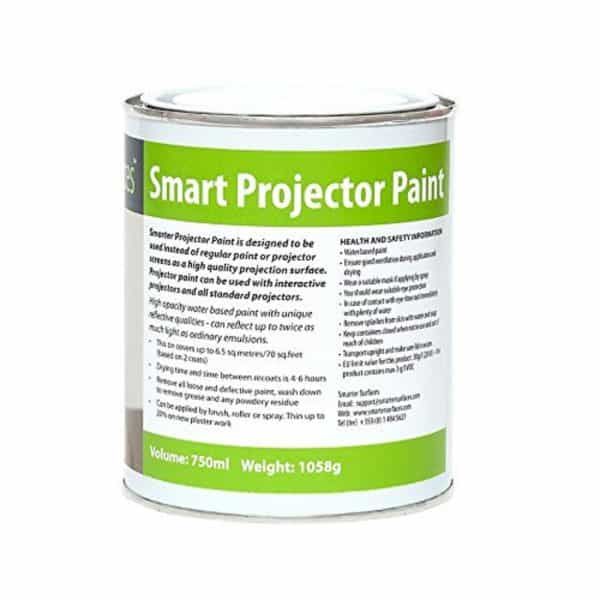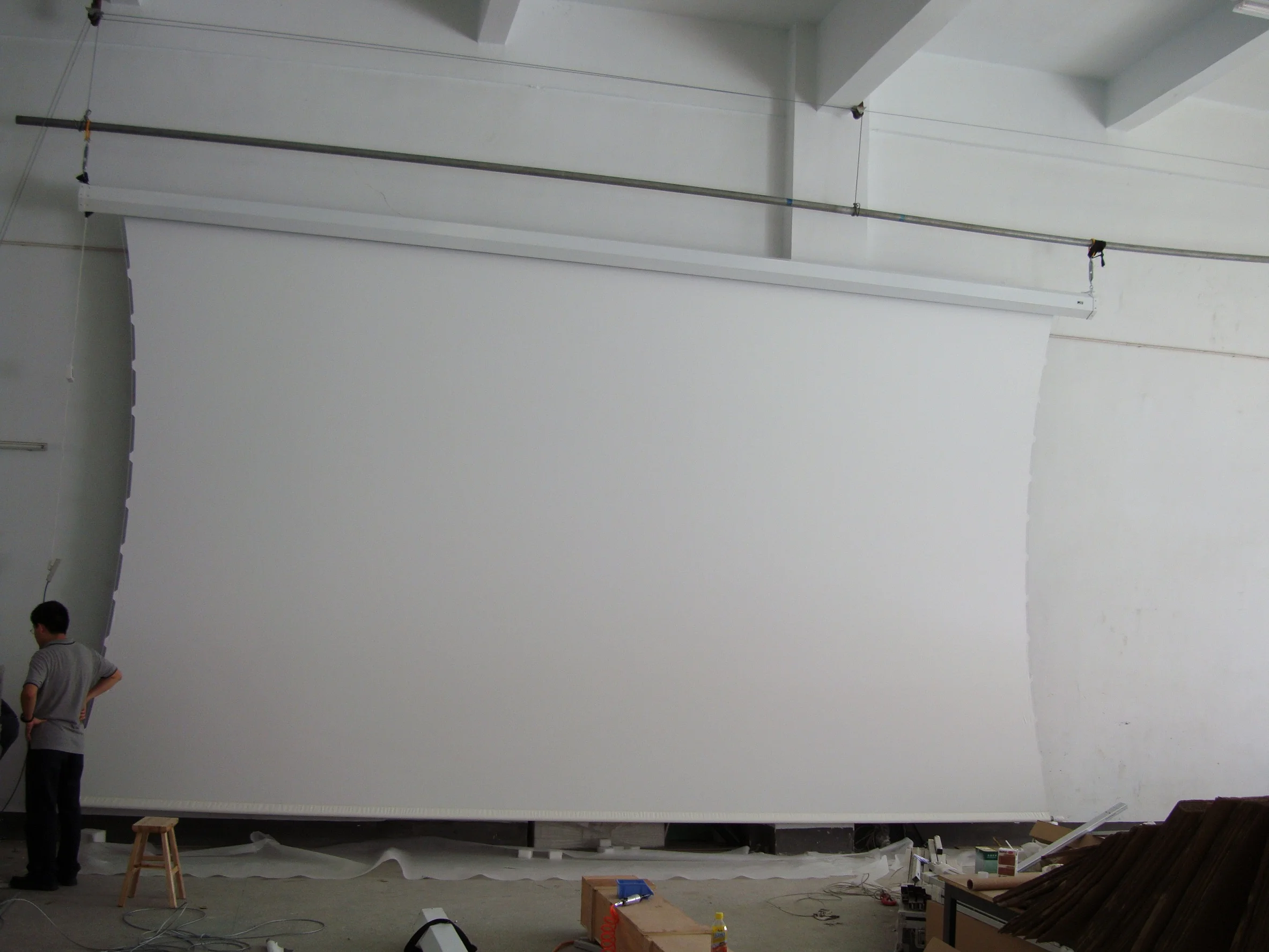

This means that pixel sizes are now in the 1mm by 1mm to 0.5mm to 0.5mm range. However, the situation today is quite the opposite. In other words, the projector was the bottleneck, not the screen material. This means that on a 100” wide screen, the pixel sizes were far larger than the texturing size on the material, and the interference with the image detail or sharpness was not large.

Up until a few years ago, most projectors had resolutions of less than 1024×768 pixels. This is because most projection screen materials are really legacy products from 1940s and 1950s, which were used with overhead projectors and old digital projectors. This would a terrible experience.Īlmost 100% of the screens on the market today will have a textured and pot-marked surface. Just imagine watching Hockey on a screen with both hot spotting and texturing.

This guarantees that the colours and brightness are the same everywhere. In short, the best screens on the market will have a very uniform picture with no hot spotting whatsoever. The shininess also accentuates or allows the viewer to see the projection screen material itself as opposed the colours that are supposed to be reproduced by the screen. This results in the center of the screen being much brighter and shinier than the corners of the screen. Hot spotting happens when the optical coating on the projection screen is not uniform or does not spread out the light evenly across all angles. Hot Spotting or Lack of Colour Uniformity What are some flaws experienced on screens that are not up to Reference Standards? Do I need a 4K projector screen?
#Best projector screen material tv#
If you purchase a Television, would you be happy if the glass on the TV was clear in one area and blurry in another area? What if the picture on the TV is brighter in the center but very dark in the corners? Would you still be happy with your TV? There are both expensive and cheap screens out there that will give you exactly that, an image that is flawed – so why should you settle for that in a projection setup if you would not settle for it when purchasing a TV? In short, the screen makes the image from the light emitted from the projector. The screen is what reproduces every pixel, colour and last bit of detail from the home theater projector. Often times, people overlook the importance that the projection screen has in the overall picture for their theater. Why is a high quality projection screen Important?


 0 kommentar(er)
0 kommentar(er)
